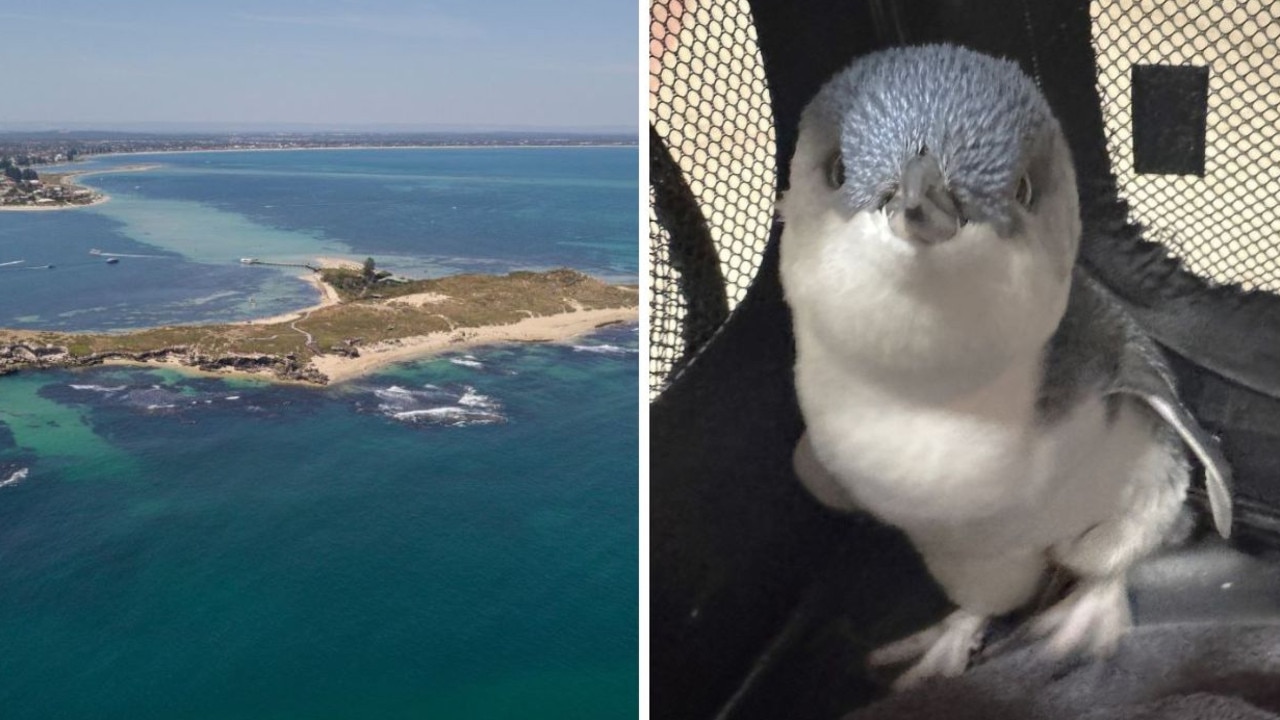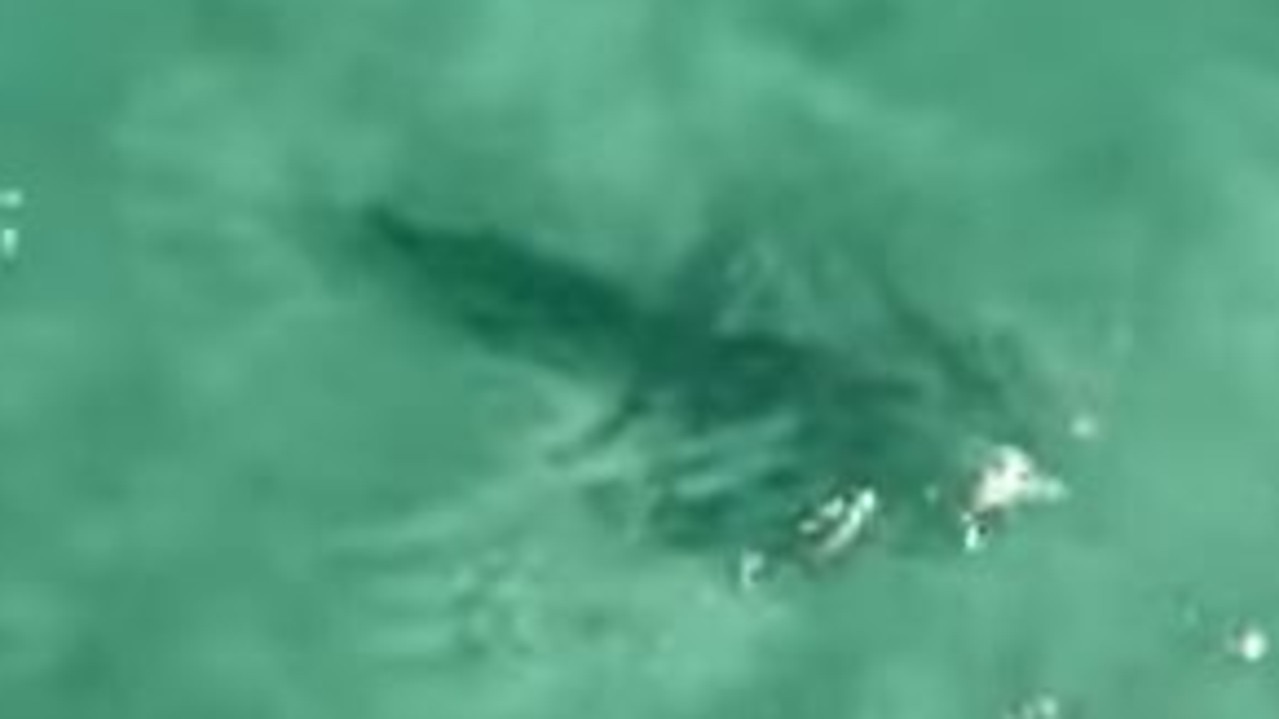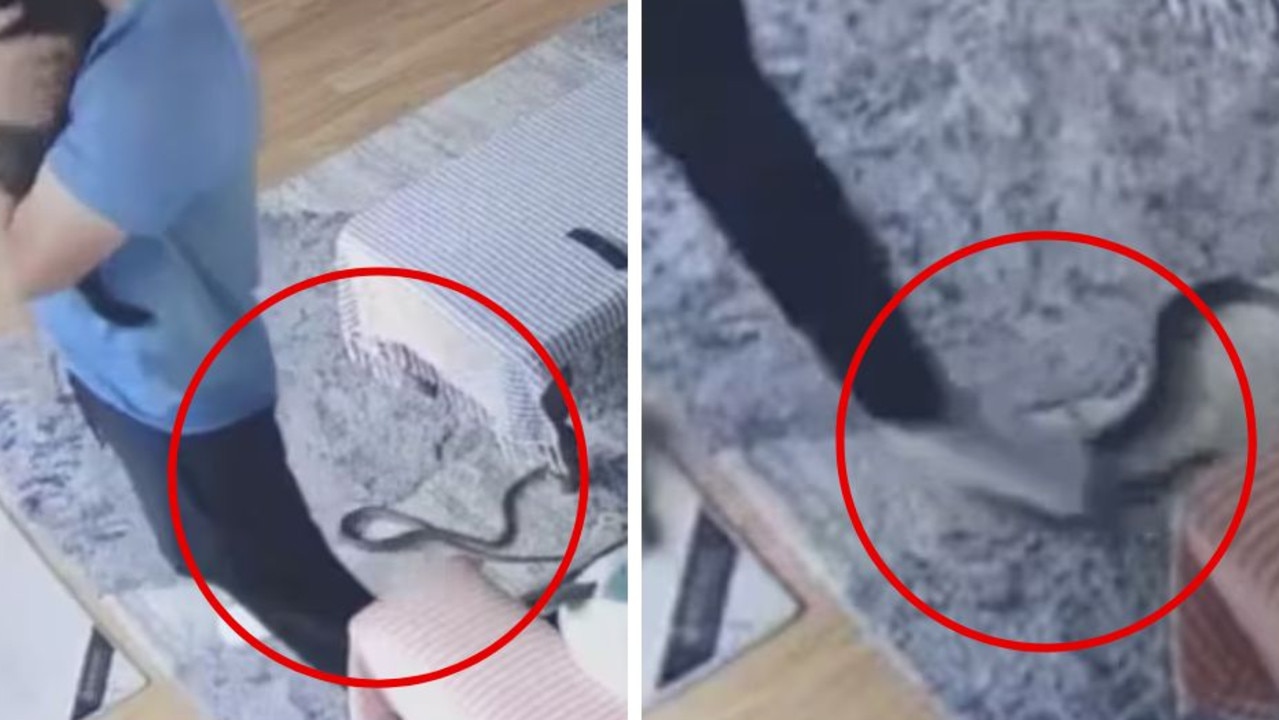800yo Danish skeleton's last days revealed by archaeologists
NEW technology is giving scientists unheard of detail about the lives of people who died centuries ago.

NEW technology is giving scientists unheard of detail about the lives of people who died centuries ago.
The University of southern Denmark has developed a method of analysing the soil around the bones of a child, buried in the town of Ribe, Denmark, 800 years ago.
Chemist Kaare Lund Rasmussen said the child, who was aged between 10 and 13, had had an unpleasant death.
"I cannot say which diseases the child had contracted," he said. "But I can say that it was exposed to a large dose of mercury a couple of months before its death and again a day or two prior to death.
"You can imagine what happened: that the family for a while tried to cure the child with mercury containing medicine which may or may not have worked, but that the child's condition worsened and that it was administered a large dose of mercury which was, however, not able to save its life."
Professor Rasmussen said that when bodies decayed, they released compounds into the soil around them.
"Concerning past archaeological excavations, it is appalling to think about all the soil that archaeologists have wheelbarrowed away for more than a century - if we had samples of this soil, we would have access to a lot of important information," he said.
The soil needs to be taken from where the body's major organs were, where the compounds that were sitting inside the organs become part of the soil.
###



